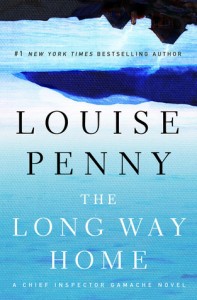 Format read: print ARC provided by the publisher
Format read: print ARC provided by the publisherFormats available: hardcover, audiobook, ebook
Genre: mystery
Series: Chief Inspector Gamache #10
Length: 384 pages
Publisher: Minotaur Books
Date Released: August 26, 2014
Purchasing Info: Author’s Website, Publisher’s Website, Goodreads, Amazon, Barnes & Noble, Kobo, Book Depository
Happily retired in the village of Three Pines, Armand Gamache, former Chief Inspector of Homicide with the Sûreté du Québec, has found a peace he’d only imagined possible. On warm summer mornings he sits on a bench holding a small book, The Balm in Gilead, in his large hands. “There is a balm in Gilead,” his neighbor Clara Morrow reads from the dust jacket, “to make the wounded whole.”
While Gamache doesn’t talk about his wounds and his balm, Clara tells him about hers. Peter, her artist husband, has failed to come home. Failed to show up as promised on the first anniversary of their separation. She wants Gamache’s help to find him. Having finally found sanctuary, Gamache feels a near revulsion at the thought of leaving Three Pines. “There’s power enough in Heaven,” he finishes the quote as he contemplates the quiet village, “to cure a sin-sick soul.” And then he gets up. And joins her.
Together with his former second-in-command, Jean-Guy Beauvoir, and Myrna Landers, they journey deeper and deeper into Québec. And deeper and deeper into the soul of Peter Morrow. A man so desperate to recapture his fame as an artist, he would sell that soul. And may have. The journey takes them further and further from Three Pines, to the very mouth of the great St. Lawrence river. To an area so desolate, so damned, the first mariners called it The land God gave to Cain. And there they discover the terrible damage done by a sin-sick soul.
My Review:
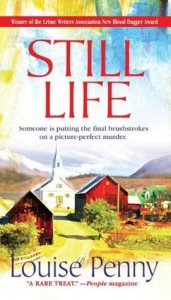 The Long Way Home is a marvelously told character-study wrapped around the mystery of one man’s disappearance into the wilds of Quebec, and his own past. The story richly rewards those who have followed Inspector Gamache and the inhabitants of Three Pines from the beginning of his journey in Still Life, as The Long Way Home serves as an exploration into the lives of Gamache and his friends after the climactic ending of How the Light Gets In (reviewed here).
The Long Way Home is a marvelously told character-study wrapped around the mystery of one man’s disappearance into the wilds of Quebec, and his own past. The story richly rewards those who have followed Inspector Gamache and the inhabitants of Three Pines from the beginning of his journey in Still Life, as The Long Way Home serves as an exploration into the lives of Gamache and his friends after the climactic ending of How the Light Gets In (reviewed here).
It’s also the story of the disintegration of both a marriage and a man. Peter and Clara Morrow are both artists, but for most of their lives, Peter has been famous (relatively) and Clara has been exploring. And sometimes laughed at. Until her acclaimed solo show at the Musee in Montreal. Now Clara is the famous artist, and Peter is seen as merely a technician.
He can’t bear being demoted to second place in their marriage. He can’t bear being suddenly seen as “less”, when he’s always been “more”. So he left. Left Clara, left Three Pines, left everything behind. But he promised to come back in one year. Then they would see.
But Peter doesn’t come back, and Clara can’t move on with her life until she figures out what happened. Especially since orderly and rule-bound Peter would never forget or miss their “date”–unless something was very, very wrong.
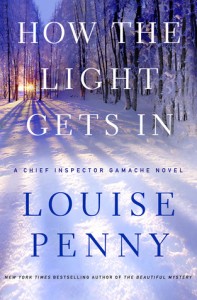 So Clara does what everyone does when they have a mystery to be solved. Clara unburdens herself on a retired and recovering Armand Gamache. She needs to find Peter, whether or not he is lost. And Gamache, who owes the people of Three Pines so much, both for their willingness to stand by him in How the Light Gets In and simply for the way they have taken him into their hearts and provided refuge from the battles he thought he had left behind, knows that he must help her.
So Clara does what everyone does when they have a mystery to be solved. Clara unburdens herself on a retired and recovering Armand Gamache. She needs to find Peter, whether or not he is lost. And Gamache, who owes the people of Three Pines so much, both for their willingness to stand by him in How the Light Gets In and simply for the way they have taken him into their hearts and provided refuge from the battles he thought he had left behind, knows that he must help her.
For Clara, he is willing to undertake one more case, even unofficially. All his friends, family and even former colleagues come along for this search into Peter Morrow’s whereabouts, a search that turns into an investigation of Peter and Clara’s past as well as the present. As they follow the route that Peter has taken through light and dark places, they discover that someone along their journey has been deceiving the world for too many years.
Suppressing someone’s art, the crime that Peter almost committed against Clara, creates a passion more than strong enough to murder.
Escape Rating A+: While the story is a terrific exploration of mystery, human nature, and how we invent and reinvent ourselves, it particularly rewards readers who have followed the series. Gamache’s brand of solving crimes (or missing persons cases) by examining the nature of the people involved (as opposed to just looking for motive and opportunity) has more depth in this case if you know the characters. There is a lot of bantering humor that is based on the personalities.
The action follows on the heels of How the Light Gets In, and serves in some ways as a coda to that story. If you love these characters, you want to know what happens after the crisis ends, and how they attempt to rebuild their lives. It was marvelous to visit Three Pines again, and I wasn’t sure that there would be a book after Light. This was a terrific look at what happens after “they lived happily ever after” because they don’t. Deep wounds don’t heal cleanly. We forgive but we don’t forget.
There’s a lesson in The Long Way Home. Those who manage to find a balm for their past wounds, move forward in their lives. They may continue to struggle with their pain, as Jean-Guy Beauvoir and Ruth Zardo do in different ways, but they also keep walking on into the light of a new and brighter day. Those who cling to the scars of the past, die in the shadows.
I hope I’ll get to go to Three Pines again. It has become one of my favorite places.


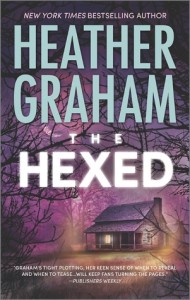 After reading The Hexed last week, and
After reading The Hexed last week, and 
 LaRue outranks Maloney, which brings the military non-fraternization regulations into play. She is a Warrant Officer, and he is merely a sergeant. Not that the non-frat regs have stopped two of the previous romances in this series; the Major and the Captain in
LaRue outranks Maloney, which brings the military non-fraternization regulations into play. She is a Warrant Officer, and he is merely a sergeant. Not that the non-frat regs have stopped two of the previous romances in this series; the Major and the Captain in  At the same time, it felt a bit like I’d read the story before. The problems that LaRue and Maloney face are not that much different from Kee and Archie in I Own the Dawn. The difference is in the rank reversal. LaRue keeps thinking that she isn’t good enough for SOAR or for Mahoney, because her background was so rough, very similar to Kee.
At the same time, it felt a bit like I’d read the story before. The problems that LaRue and Maloney face are not that much different from Kee and Archie in I Own the Dawn. The difference is in the rank reversal. LaRue keeps thinking that she isn’t good enough for SOAR or for Mahoney, because her background was so rough, very similar to Kee. Still and all, this was a fun military romance of the action/adventure/thriller persuasion, and I can’t wait to read the next one,
Still and all, this was a fun military romance of the action/adventure/thriller persuasion, and I can’t wait to read the next one, 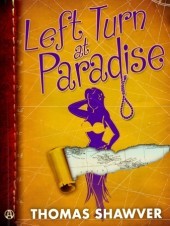
 This isn’t Bevan’s first adventure; The Dirty Book Murder (reviewed
This isn’t Bevan’s first adventure; The Dirty Book Murder (reviewed 

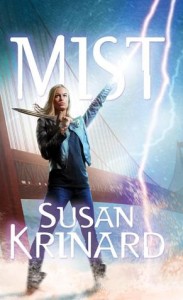 Black Ice is the followup to the first book in this series, Mist (reviewed
Black Ice is the followup to the first book in this series, Mist (reviewed 































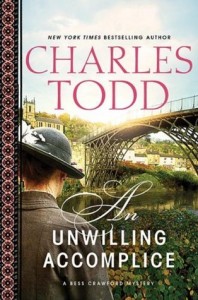
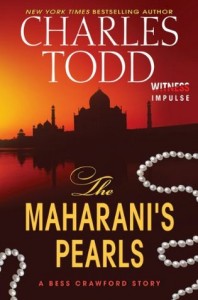 It’s clear that Bess has been doing this pretty much all her life, based on the story The Maharani’s Pearls (reviewed
It’s clear that Bess has been doing this pretty much all her life, based on the story The Maharani’s Pearls (reviewed 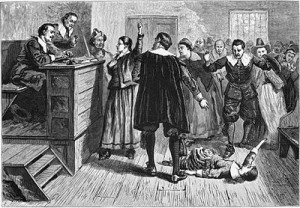
 Format read: ebook provided by Edelweiss
Format read: ebook provided by Edelweiss The Sweet Spot is a prequel to last year’s Big Girl Panties. Big Girl Panties drove me absolutely nuts (see
The Sweet Spot is a prequel to last year’s Big Girl Panties. Big Girl Panties drove me absolutely nuts (see